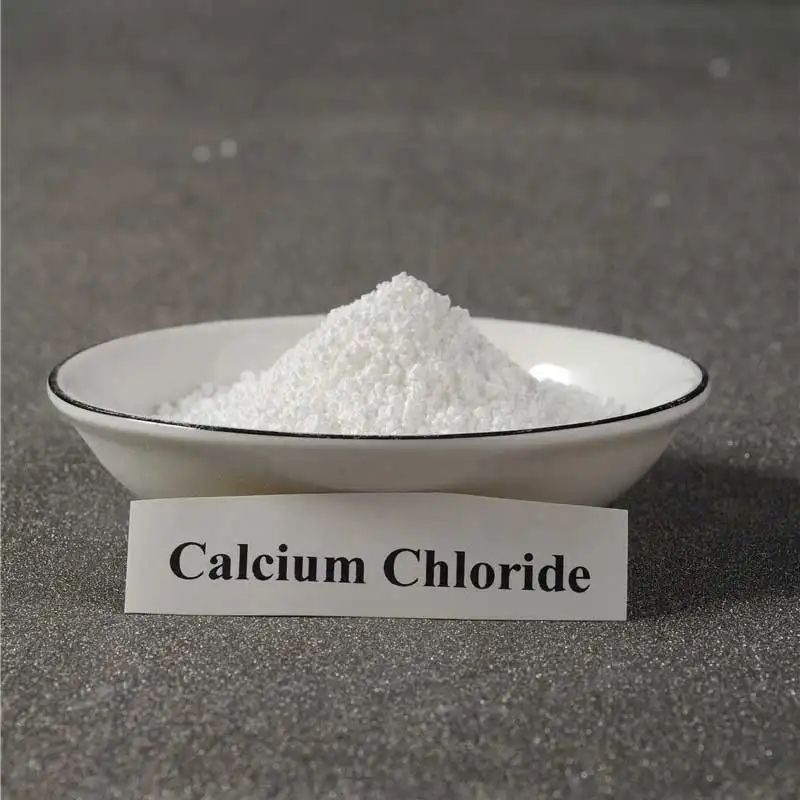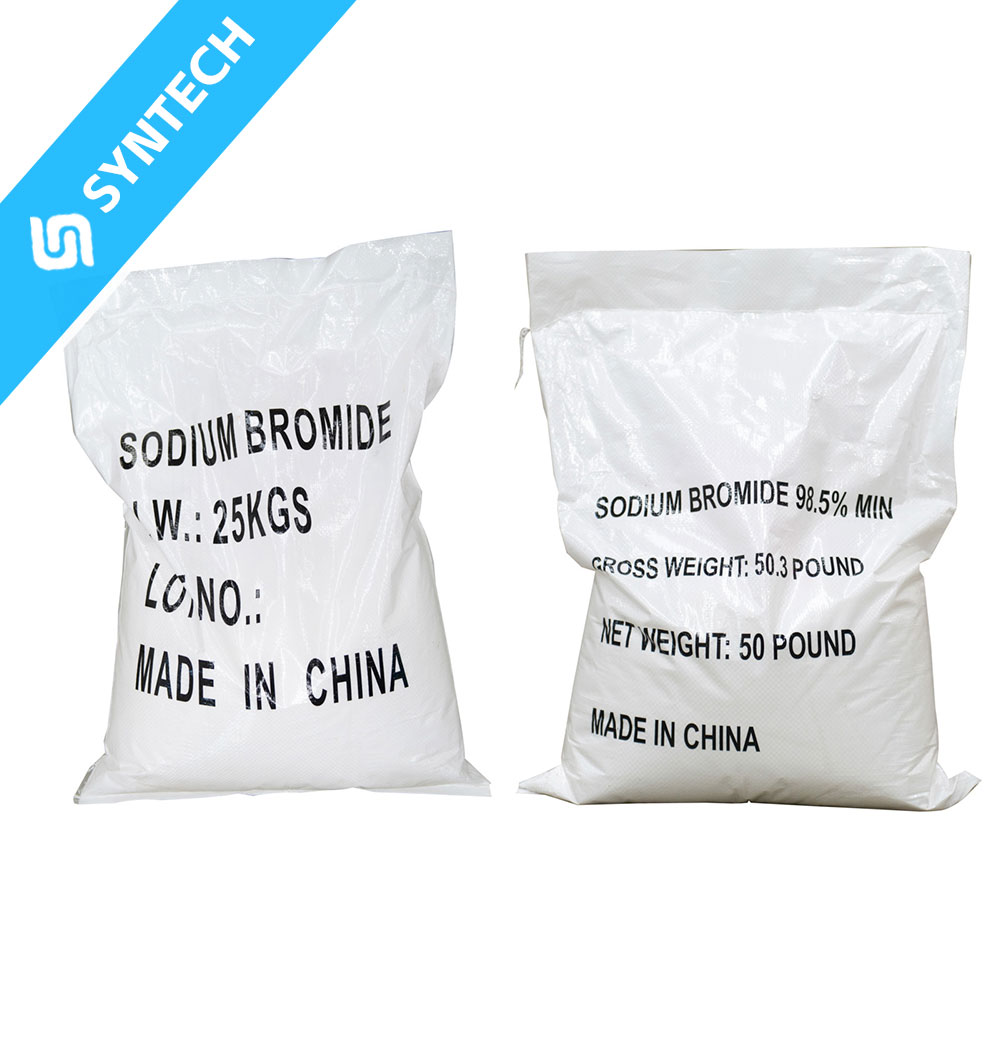1. Core Quality Testing Indicators for Industrial-Grade SMS
Industrial-grade SMS is primarily used as a monomer for synthesizing water-soluble polymers (e.g., oilfield scale inhibitors, construction water reducers, and water treatment agents). Its quality directly determines the performance of downstream products, so the following core indicators are strictly monitored during production and inspection:
1.1 Purity
Purity is the most critical indicator, reflecting the content of effective SMS monomers (excluding impurities). Industrial-grade SMS typically requires a purity of ≥95% (high-purity grades for precision applications may require ≥98%). Low purity (due to unreacted raw materials or byproducts) reduces polymerization efficiency and degrades the performance of derived polymers (e.g., weakening scale inhibition or water reduction effects).
1.2 Moisture Content
Moisture directly affects SMS’s storage stability and processability. Industrial standards usually limit moisture to ≤0.5–1.0%. Excess moisture causes SMS caking (hindering weighing and feeding), accelerates sulfate ester hydrolysis (generating methallyl alcohol impurities), and may trigger premature polymerization during storage.
1.3 Metal Ion Impurities
Trace metal ions (e.g., Fe³⁺, Cu²⁺, Mn²⁺) act as catalysts for SMS oxidation and polymerization. Industrial specifications typically require total metal ion content to be ≤10–50 ppm (Fe³⁺ alone ≤5 ppm). High metal ion levels reduce SMS’s shelf life and lead to abnormal polymerization (e.g., low molecular weight of copolymers for EOR).
1.4 Chloride Ion (Cl⁻) Content
Chloride ions originate from raw materials (e.g., methallyl chloride) and are harmful to downstream applications (e.g., corroding oilfield steel pipelines or reducing concrete durability). Industrial-grade SMS usually requires Cl⁻ content to be ≤300–500 ppm (high-end construction grades may require ≤100 ppm).
1.5 pH Value
The pH of SMS aqueous solutions (typically 10% w/v) is monitored to ensure compatibility with downstream polymerization systems. The acceptable range is 6.0–8.0 (neutral to weakly alkaline). Extreme pH (pH <5 or pH >9) accelerates sulfate ester hydrolysis or causes acid/base-induced polymerization of the vinyl double bond.
1.6 Appearance
Appearance is a preliminary qualitative indicator: industrial-grade SMS should be white, free-flowing crystalline powder or granules (no agglomeration, discoloration, or visible foreign matter). Yellow/brown discoloration indicates oxidative degradation, while clumps suggest moisture absorption or partial polymerization.
1.7 Polymer Impurities
SMS is prone to slight self-polymerization during production or storage. Industrial testing limits polymer impurities (insoluble in water) to ≤0.1–0.3%. Excess polymers clog filters during copolymer synthesis and reduce the reactivity of the monomer mixture.
2. Common Detection Methods for SMS Purity
Purity detection focuses on accurately quantifying the effective SMS monomer while excluding interference from impurities (e.g., moisture, chloride ions, or unreacted methallyl alcohol). The following methods are widely used in industry and laboratories:
2.1 High-Performance Liquid Chromatography (HPLC) – Most Widely Used Method
Principle
HPLC separates SMS from impurities (e.g., methallyl alcohol, sulfate salts) based on differences in their retention times on a reverse-phase or ion-exchange column. A UV detector (detection wavelength: 200–220 nm, targeting the vinyl double bond in SMS) quantifies SMS by comparing the sample’s peak area to a standard curve (calibrated with pure SMS standards).
Key Steps
- Sample Preparation: Dissolve a known mass of SMS sample in ultrapure water to prepare a 0.1–0.5% w/v aqueous solution; filter through a 0.22 μm membrane to remove insoluble impurities.
- Chromatographic Conditions: Use a C18 reverse-phase column (or ion-exchange column for high-salt samples) with a mobile phase of water (or water-methanol mixture, pH adjusted to 3.0–4.0 with phosphoric acid) at a flow rate of 0.8–1.0 mL/min.
- Quantification: Inject the sample and standard solutions into the HPLC system; calculate SMS purity using the external standard method (purity = (sample peak area / standard peak area) × standard purity × dilution factor).
Advantages
High accuracy (relative error ≤1%), good reproducibility, and the ability to simultaneously detect impurities (e.g., methallyl alcohol). Suitable for high-purity SMS (≥95%) and quality control in large-scale production.
2.2 Potentiometric Titration – Rapid Routine Method
Principle
SMS contains anionic sulfate ester groups (-O-SO₃⁻Na⁺) that react with cationic surfactants (e.g., cetyltrimethylammonium bromide, CTAB) in a 1:1 stoichiometric ratio. A potentiometric electrode (e.g., ion-selective electrode) detects the endpoint of the titration, and SMS purity is calculated from the volume of CTAB consumed.
Key Steps
- Sample Preparation: Dissolve a weighed SMS sample (0.2–0.5 g) in 50 mL of ultrapure water; add a buffer solution (e.g., phosphate buffer, pH 7.0) to stabilize the system.
- Titration: Titrate the sample solution with a standardized CTAB solution (0.01 mol/L) while stirring; record the potential change. The inflection point in the potential curve indicates the endpoint.
- Calculation: Purity = (C × V × M) / (m × 1000) × 100%, where:
- C = concentration of CTAB solution (mol/L),
- V = volume of CTAB at endpoint (mL),
- M = molar mass of SMS (162.15 g/mol),
- m = mass of SMS sample (g).
Advantages
Simple operation, low equipment cost, and fast analysis (≤30 minutes per sample). Suitable for on-site routine testing in production workshops (for purity ≥90%).
Limitation
Susceptible to interference from other anionic impurities (e.g., free sulfate ions), so it is often used with pre-treatment (e.g., precipitation of free sulfate with barium chloride).
2.3 Ion Chromatography (IC) – Method for High-Impurity Samples
Principle
IC separates SMS (as an anionic species) and anionic impurities (e.g., Cl⁻, SO₄²⁻) using an anion-exchange column. A conductivity detector measures the eluted components, and SMS purity is calculated by normalizing its peak area to the total peak area of all anionic species (after correcting for moisture and other non-ionic impurities).
Key Steps
- Sample Preparation: Dissolve SMS in ultrapure water (1% w/v) and filter through a 0.22 μm membrane; dilute if necessary to avoid column overload.
- IC Conditions: Use an anion-exchange column (e.g., Dionex IonPac AS11-HC) with a carbonate-bicarbonate eluent (3.5 mmol/L Na₂CO₃ + 1.0 mmol/L NaHCO₃) at a flow rate of 1.2 mL/min.
- Quantification: Use the external standard method (with pure SMS standards) to calculate SMS concentration; adjust for moisture content to obtain final purity.
Advantages
High specificity for anionic compounds, enabling simultaneous detection of SMS and impurities (Cl⁻, SO₄²⁻). Ideal for samples with complex impurity profiles (e.g., crude SMS after synthesis).
Conclusion
Industrial-grade SMS quality is governed by core indicators such as purity, moisture, and metal ion content, with purity being the most critical. HPLC is preferred for high-accuracy quality control, potentiometric titration for rapid on-site testing, and IC for samples with complex impurities. These methods ensure SMS meets the performance requirements of downstream industrial applications.






